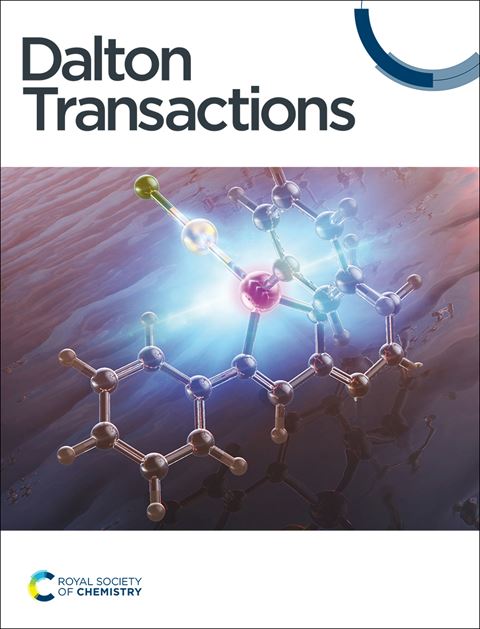Relativistic Effect behind the Molybdenum vs. Tungsten Selectivity in Enzymes
IF 3.5
3区 化学
Q2 CHEMISTRY, INORGANIC & NUCLEAR
引用次数: 0
Abstract
: Molybdenum and tungsten being congeners of the 6th group of d-bock elements are similar in many respects in terms of their properties and in fact, both the molybdoenzymes and tungstoenzymes participate in similar type oxotransferase activity in their enzymes. Molybdenum is found as the heaviest essential trace metal in all forms of life but its next heavier congener, tungsten, as the heaviest metal is found only in some prokaryotic organisms. The tungstoenzymes are generally selected by nature for carrying out the low potential redox activities under the anaerobic conditions in the prokaryotic organisms. This nature’s molybdenum vs. tungsten selectivity for their biological functions under different working conditions (surrounding temperature and aerobic/anaerobic environment) is determined mainly by the relativistic effect which is experienced in different extents by these two congeners. Understanding the mechanistic aspects of the relativistic effect controlled enzymatic activities of the tungstoenzymes is of an immense biotechnological interest to develop the eco-friendly and cost effective methods of commercial synthesis of acetaldehyde through hydration of acetylene, and commercial production of hydrogen (H2, a green fuel) by producing the tungsten incorporated nitrogenase (W-N2-ase) in CA6 (mutant strain), and to develop a biomimetic method to replace the hazardous Birch reduction in organic synthesis, etc.求助全文
约1分钟内获得全文
求助全文
来源期刊

Dalton Transactions
化学-无机化学与核化学
CiteScore
6.60
自引率
7.50%
发文量
1832
审稿时长
1.5 months
期刊介绍:
Dalton Transactions is a journal for all areas of inorganic chemistry, which encompasses the organometallic, bioinorganic and materials chemistry of the elements, with applications including synthesis, catalysis, energy conversion/storage, electrical devices and medicine. Dalton Transactions welcomes high-quality, original submissions in all of these areas and more, where the advancement of knowledge in inorganic chemistry is significant.
 求助内容:
求助内容: 应助结果提醒方式:
应助结果提醒方式:


